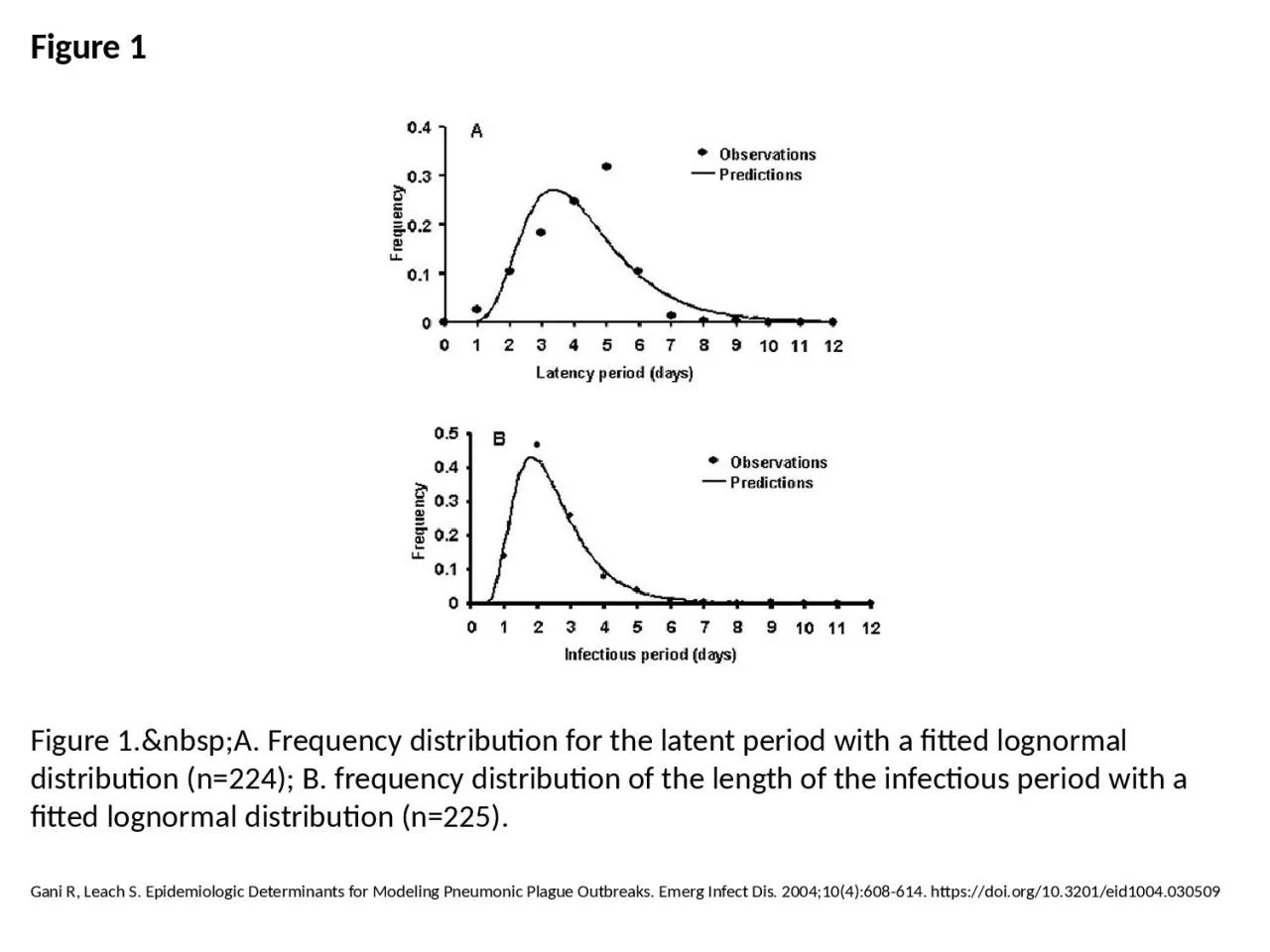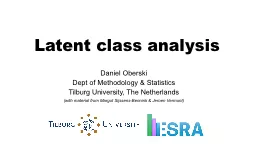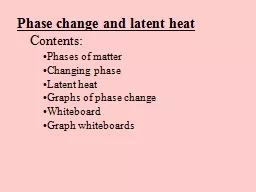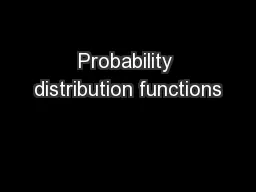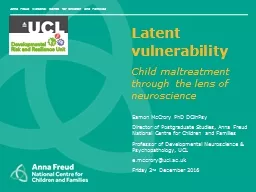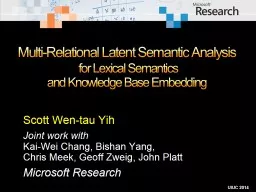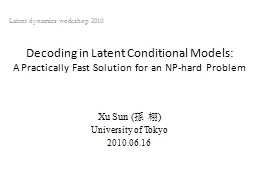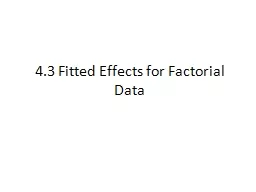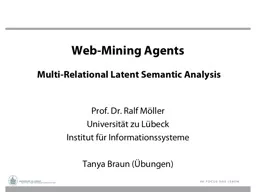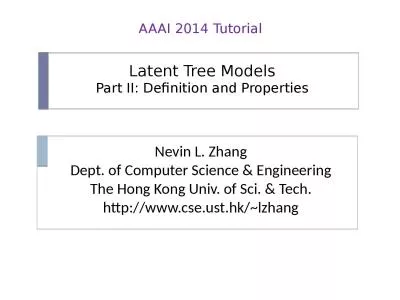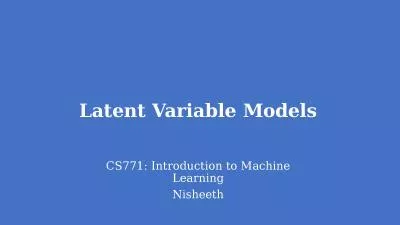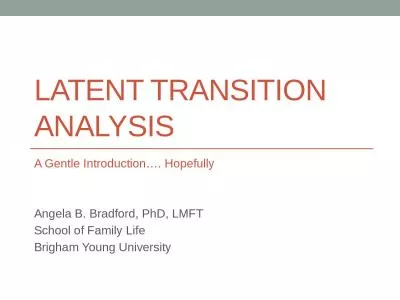PPT-Figure 1 Figure 1. A. Frequency distribution for the latent period with a fitted
Author : ethlyn | Published Date : 2023-07-27
Gani R Leach S Epidemiologic Determinants for Modeling Pneumonic Plague Outbreaks Emerg Infect Dis 2004104608614 httpsdoiorg103201eid1004030509
Presentation Embed Code
Download Presentation
Download Presentation The PPT/PDF document "Figure 1 Figure 1. A. Frequency..." is the property of its rightful owner. Permission is granted to download and print the materials on this website for personal, non-commercial use only, and to display it on your personal computer provided you do not modify the materials and that you retain all copyright notices contained in the materials. By downloading content from our website, you accept the terms of this agreement.
Figure 1 Figure 1. A. Frequency distribution for the latent period with a fitted: Transcript
Download Rules Of Document
"Figure 1 Figure 1. A. Frequency distribution for the latent period with a fitted"The content belongs to its owner. You may download and print it for personal use, without modification, and keep all copyright notices. By downloading, you agree to these terms.
Related Documents

